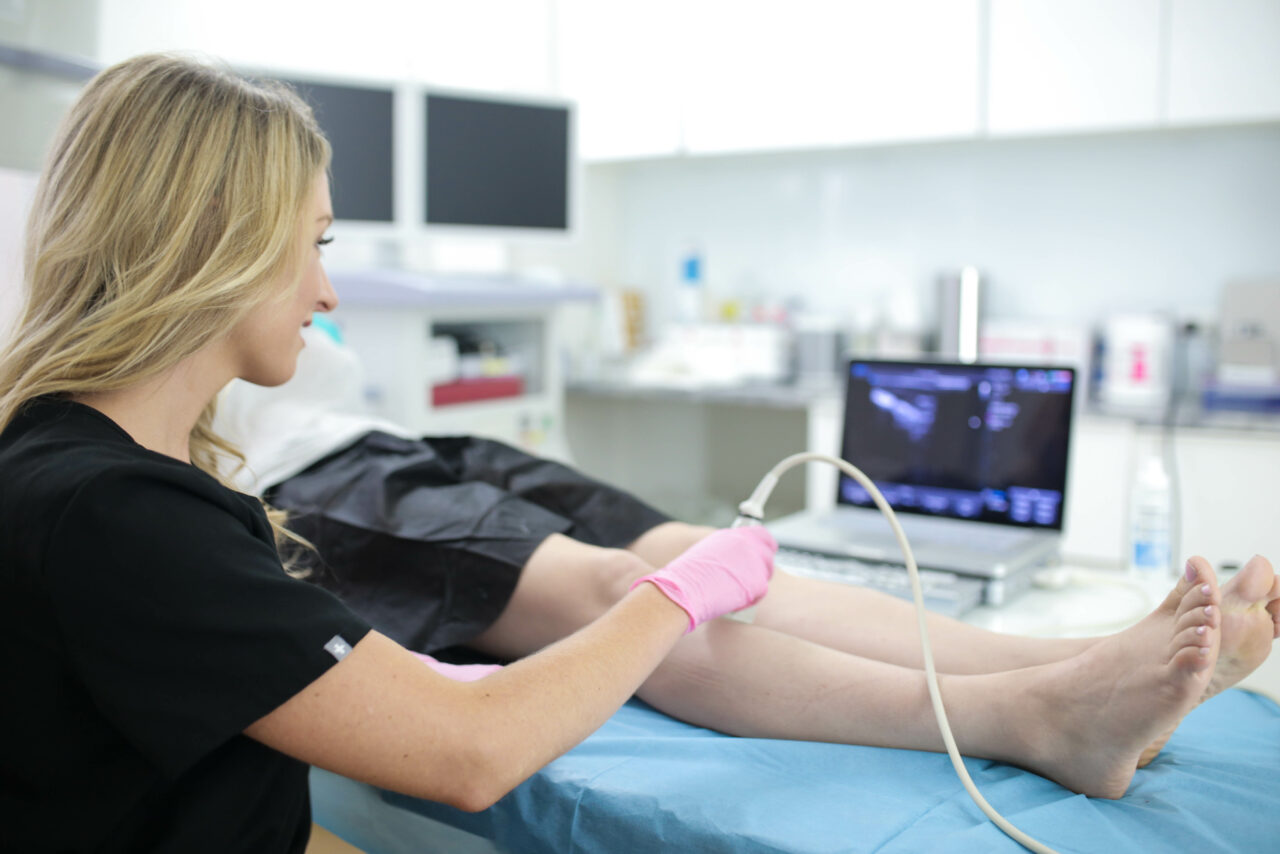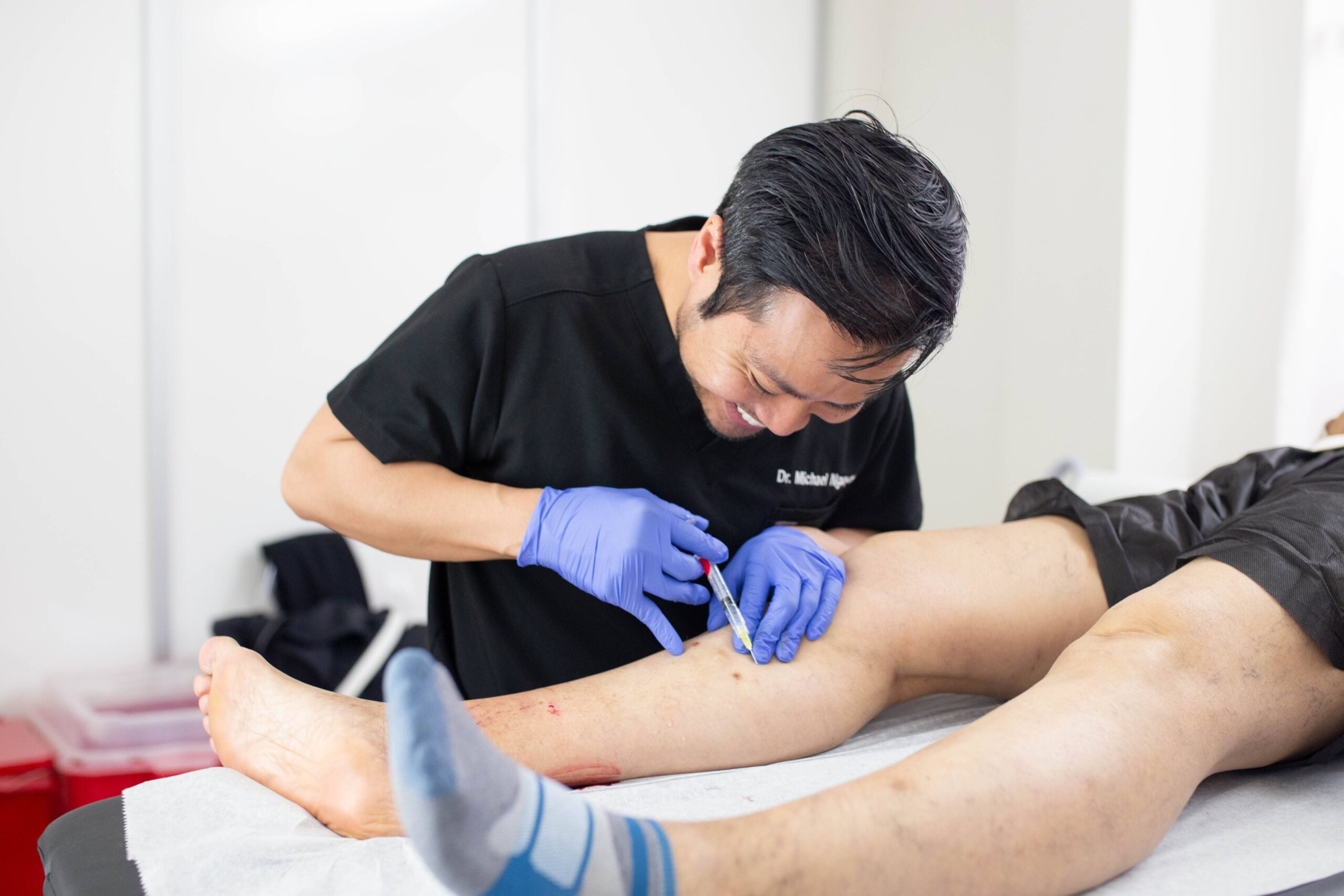What Are the Treatment Options for Varicose Veins and What is a Vein Doctor Called?
Varicose veins are a common condition that affects millions of people worldwide. They are enlarged, swollen, and twisted veins, usually appearing on the legs and feet. This article will explore various What are the Treatment Options for Varicose Veins and shed light on the medical professionals who specialize in their diagnosis and treatment.
Understanding Varicose Veins:
Varicose veins occur when the valves in the veins weaken or fail to function properly. This malfunction causes blood to pool in the veins, leading to their enlargement and the characteristic appearance of varicose veins. Factors such as genetics, age, pregnancy, obesity, and prolonged standing or sitting can increase the risk of developing varicose veins.
Treatment Options for Varicose Veins:
Compression Therapy:
Compression therapy involves wearing specially designed compression stockings or socks that apply pressure to the legs, helping to improve blood flow and reduce swelling in the veins. This non-invasive treatment is often recommended for mild to moderate cases of varicose veins.

Sclerotherapy:
Sclerotherapy is a minimally invasive procedure that involves injecting a solution directly into the affected veins. This solution irritates the lining of the vein, causing it to collapse and eventually fade away. Sclerotherapy is effective for treating small to medium-sized varicose veins and is performed on an outpatient basis.
Endovenous Laser Ablation (EVLA):
Endovenous laser ablation, also known as endovenous laser therapy (EVLT), is a minimally invasive procedure used to treat larger varicose veins. During EVLA, a thin laser fiber is inserted into the affected vein through a small incision. The laser delivers heat, causing the vein to close and eventually be absorbed by the body. EVLA is highly effective and typically requires minimal downtime.
Radiofrequency Ablation (RFA):
Radiofrequency ablation is similar to EVLA but uses radiofrequency energy instead of laser energy to heat and close off the affected vein. This procedure is also minimally invasive and provides long-term relief from varicose veins. RFA is often preferred for larger veins or veins located deeper within the leg.

Vein Stripping and Ligation:
Vein stripping and ligation is a surgical procedure reserved for severe cases of varicose veins. During this procedure, the affected vein is tied off (ligated) and removed (stripped) through small incisions. While vein stripping and ligation are effective, they are considered more invasive than other treatment options and may require a longer recovery period.
What is a Vein Doctor Called?
A medical professional who specializes in the diagnosis and treatment of varicose veins and other venous disorders is known as a phlebologist or a vascular surgeon. Phlebologists are physicians who have undergone additional training in venous diseases and treatments, while vascular surgeons are specialized surgeons who focus on the circulatory system, including veins and arteries.
Conclusion:
Varicose veins can cause discomfort and affect the quality of life for those who suffer from them. Fortunately, there are several effective treatment options available, ranging from non-invasive therapies like compression therapy and sclerotherapy to minimally invasive procedures such as endovenous laser ablation and radiofrequency ablation. In severe cases, surgical interventions like vein stripping and ligation may be necessary. If you are experiencing symptoms of varicose veins, consult with a qualified vein doctor, also known as a phlebologist or vascular surgeon, to discuss the best treatment options for your condition.
Comments
Post a Comment